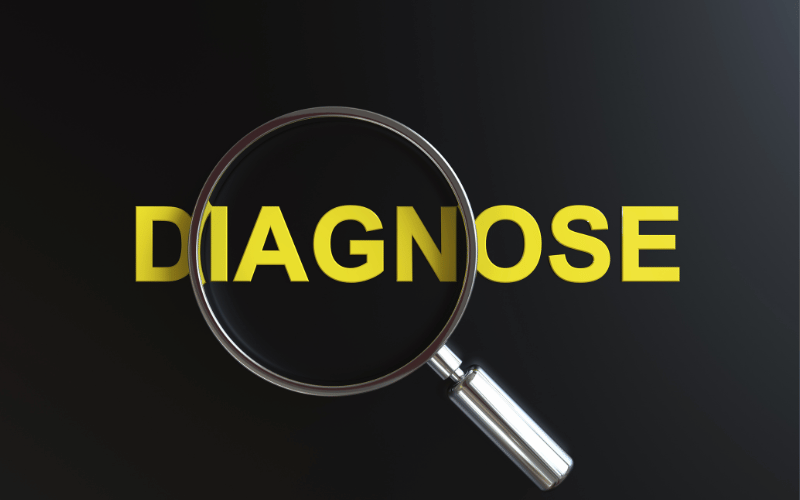Fact 6: Diagnosis of ASPD

A diagnosis of Antisocial Personality Disorder isn’t made lightly. It’s not about ticking off a few behavioral boxes. The Diagnostic and Statistical Manual of Mental Disorders (DSM-5) sets forth strict criteria, emphasizing patterns of behavior that disregard the rights of others, traced back to adolescence.
Psychiatrists and psychologists play pivotal roles in the diagnosis. Their training allows them to sift through the nuanced layers of behavior, ensuring that the diagnosis isn’t merely based on isolated incidents but a consistent pattern. History-taking becomes crucial here, including gathering information from third-party sources.
A keen eye is essential to separate ASPD from other personality disorders, such as borderline or narcissistic. While overlapping symptoms exist, core characteristics like persistent deceit for personal gain, impulsivity, and disregard for the safety of oneself or others often set ASPD apart.
ASPD isn’t diagnosed in a whim, especially in children or young teens. The behaviors should persist into adulthood to confirm a diagnosis. Childhood conduct disorder is often a precursor, but not all with this diagnosis evolve into having ASPD.
Diagnosing ASPD is intricate, demanding a combination of comprehensive history-taking, observation, and sometimes, psychological testing. But understanding the foundation of these criteria is paramount for appropriate interventions. (6)